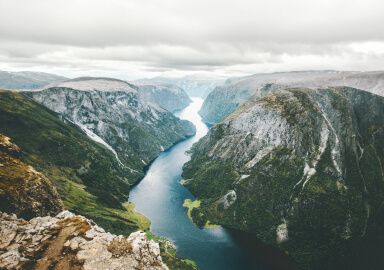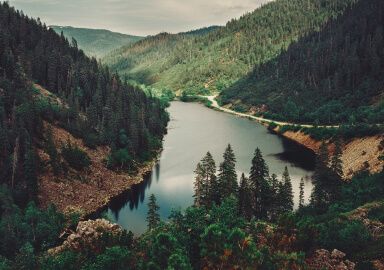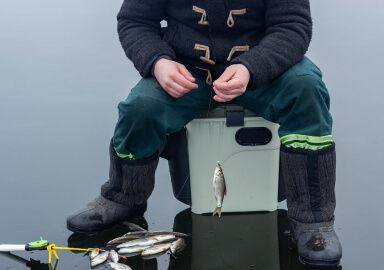Herring
Herring are extremely abundant and important smallish, coastal, shoaling fish of the cooler marine areas of the northern hemisphere.
View 3 listings
3
listings
–
price starting from
3
countries
–
to the nearest trip
Where and When?
Atlantic herring are distributed on both sides of the north Atlantic Ocean from northern NorwayNorway to Spainin the east and Canada down to South Carolina in the west. Pacific herring are found from Baja California northwards past Alaska and across the north Pacific Ocean to Japanese waters. They spend the warmer months fairly close to shore but move offshore into deeper waters in winter.
Herring are obligate shoallers, that is, they are only found in groups, sometimes very large ones. Shoals of up to 4 billion fish, filling an estimated four cubic kilometers, have been found. During the day herring often spend the time deep in the water column and rise to nearer the surface after dark to feed. Exceptions arise when predators such as whales, seals or fish drive shoals up to the surface where they can then be picked off more easily.
The best time for fishing is in the warmer months, when the fish are usually closer inshore, and there are known localities where, even in daylight, herring can be found feeding close to the surface.
About Herring
True herring, members of the genus Clupea, are the most important commercial fish on the planet and have been so for centuries. Good and bad herring catches made or broke nations like Denmark and trade alliances like Hansa. Two species account for over 90% of all herring catch, the Atlantic herring (Clupea herengus) and the Pacific herring (Clupea pallasii).
All herring are very similar in appearance and size, having fairly narrow but “tall” bodies covered with large, shiny scales that shed easily at the slightest touch. The back is shiny bluish in colour, but the sides and belly are silvery. The mouth, at the front of the head, is large but has no actual teeth. The eyes are big and although the fins are small, they can propel the fish rapidly and with amazing agility.
The herring only grows to about 45 cm (18 in.) but it takes about 3-5 years to mature and can live for up to 20 years. The species feed mostly by filter-feeding on plankton, that often consists of copepods, but they will also take small fish. All herring migrate annually, usually inshore in spring to spawn and feed and then offshore to overwinter. Spawning takes place close to the shore, often in inlets and estuaries, and individual females can produce 20-40 000 eggs.
How to Catch?
Atlantic herring are probably the most important commercial fish species and around 2-4 million tons are landed annually. There was a period in the 1970’s when some stocks were overfished and declined but improved management has allowed an increase again in some areas.
Most herring are caught from dedicated medium-sized “purse-sein” netting boats, but in some small coastal towns, notably in Scotland, Norway and Canada, line or rod and line fishing is still carried out. On the Island of Lewis, off north-east Scotland, there is an annual “herring festival” when small boats head out to sea and try to catch the first herring of the season.
Recreational fishing is limited, however, as the species is small and does not give a good fight. Even so, fishing with light tackle can be fun and produce enough food for the family. Line fishing, using a string of several “flies”, which can be very simple in design, can be successful. Local knowledge is, however, essential to be in the right place at the right time to find feeding herring. Catching herring may not get the adrenaline pumping but it can be a fun, gentle activity for all the family and produce very tasty and nutritious food







